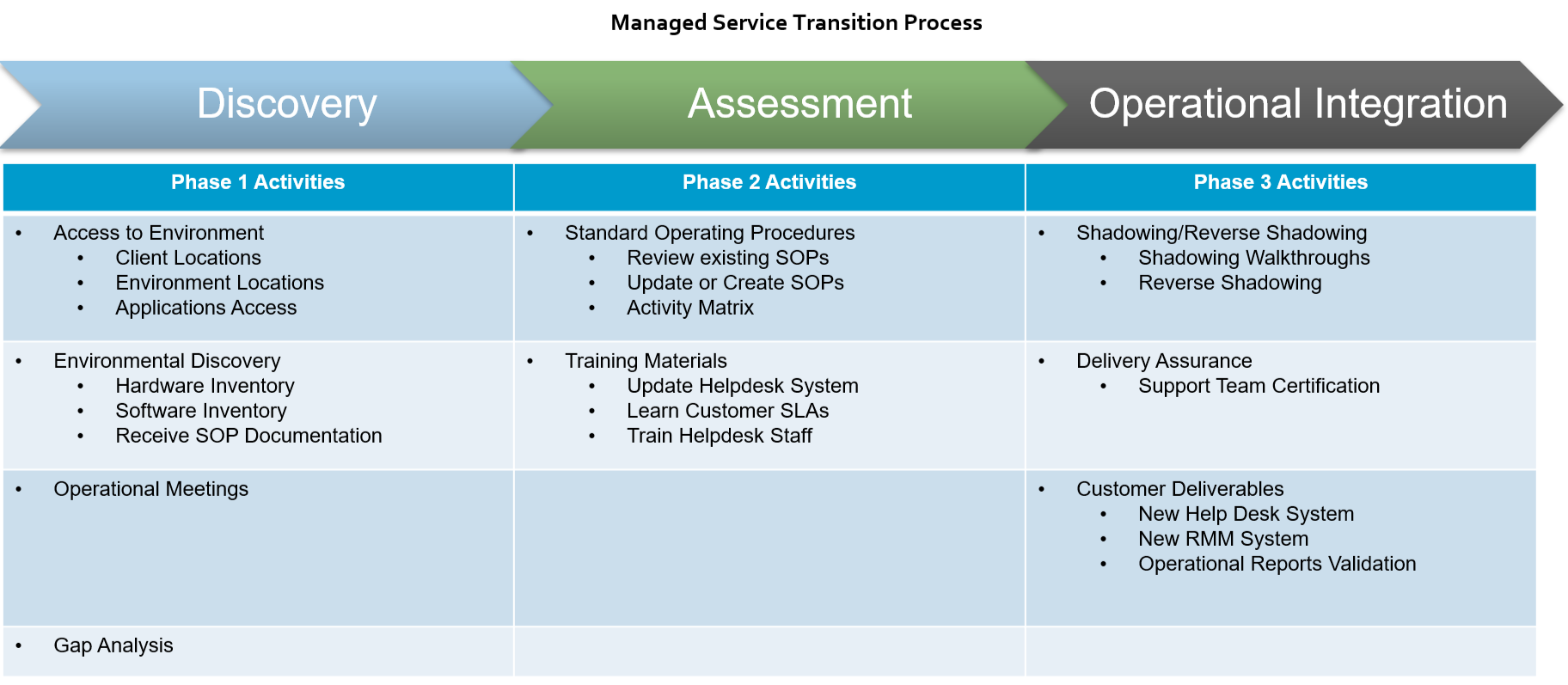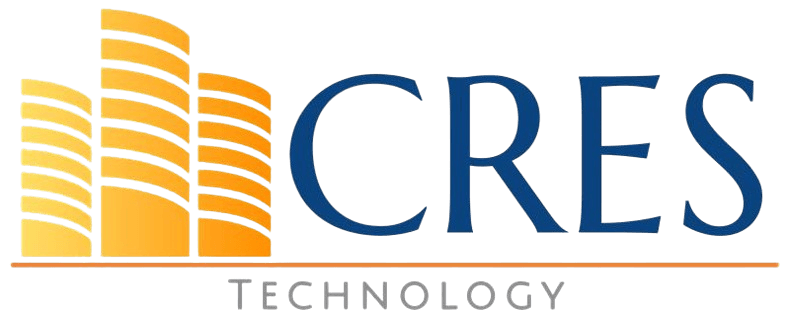
As any professional healthcare provider can attest, uninterrupted IT services are crucial to the smooth operation of clinics, hospitals, and other health facilities. Whether it’s for patient record management, appointment scheduling, or communication between departments, any disruption in IT services can have a serious impact on both patients and healthcare providers. As clinics and hospitals grow or evolve, changing IT service providers may become necessary. However, switching providers in healthcare is trickier than in most industries due to its reliance on highly specialized systems and regulatory requirements. Let’s explore these unique challenges and the importance of a smooth IT transition process for healthcare organizations.
Unique Challenges in Healthcare IT Services
Healthcare organizations face a set of unique challenges when it comes to IT services. These challenges revolve around ensuring regulatory compliance (such as HIPAA in the United States), managing legacy systems, and maintaining secure access to sensitive patient data. Unlike many industries, downtime in healthcare IT systems can mean life or death, making the stakes particularly high. Additionally, the complex infrastructure of multiple applications, devices, and networks requires deep expertise and specialized solutions.
CRES Technology understands these unique challenges and is well-equipped to manage IT transitions in healthcare environments, ensuring zero disruption to critical operations.
Why a Smooth IT Transition is Critical for Health Organizations?
When switching IT service providers, it’s essential that the process is seamless. Any delays or mistakes can disrupt patient care, violate regulatory compliance, or cause a significant loss of productivity. Here’s why a smooth IT transition is so crucial:
- Continuous Access to Patient Data: Any gap in access to electronic health records (EHRs) can disrupt patient care and lead to dangerous treatment delays.
- Regulatory Compliance: Healthcare organizations must comply with strict regulations, including data privacy laws like HIPAA. A well-managed transition ensures compliance at every step.
- Avoidance of Downtime: Even a few hours of downtime can affect patient outcomes, making it vital that healthcare organizations experience as little interruption as possible.
- System Integrity and Security: Ensuring that data migration and new systems are secure prevents unauthorized access to sensitive information during the transition process.
The Ideal IT Transition Process for Healthcare Clinic Onboarding

Healthcare organizations must follow a well-defined, repeatable process for IT transitions to ensure a seamless experience. Below is the ideal onboarding process for clinics, structured in three key phases: Discovery, Assessment, and Operational Integration.
1. Discovery Phase
The first step is a comprehensive understanding of the existing IT environment. This phase includes:
- Access to Environment: Understanding the systems in place, client locations, and environmental requirements.
- Environmental Discovery: Gathering information on the hardware, software, applications, and locations of client systems.
- Inventory: Taking stock of all hardware and software used across the organization.
- SOP Documentation: Receiving any standard operating procedures (SOPs) already in place to ensure continuity.
- Operational Meetings: Regular meetings with stakeholders to ensure clear communication.
2. Assessment Phase
After gathering all the necessary information, the next step is to assess the current IT landscape:
- SOP Review: Reviewing existing SOPs to identify gaps or areas for improvement.
- Activity Matrix: Creating an activity matrix to assign tasks and responsibilities.
- Helpdesk Integration: Updating the helpdesk system to align with the clinic’s needs, ensuring support staff are properly trained.
- Training: Training the clinic’s IT and support teams on the new systems and processes.
- SLA Familiarity: Ensuring all team members understand the service-level agreements (SLAs) specific to the healthcare organization.
3. Operational Integration Phase
Finally, the operational integration phase ensures that everything is ready for the transition, with minimal disruption to the clinic’s operations:
- Shadowing/Reverse Shadowing: Conduct shadowing sessions where the new IT team observes the current processes, followed by reverse shadowing where the old team watches the new team operate.
- Delivery Assurance: Certifying that all deliverables, such as helpdesk systems and remote monitoring and management (RMM) systems, are in place and functional.
- Validation: Validating operational reports to ensure accuracy and alignment with the healthcare organization’s requirements.
How CRES Healthcare IT Services Can Help
CRES Technology has deep expertise in providing IT Services to Healthcare Networks and Clinics spread access nationwide. We specialize in providing seamless IT transitions for healthcare organizations, ensuring that clinics and hospitals can maintain high-quality patient care with minimal disruption. Our well-defined, tried-and-tested processes ensure that healthcare IT transitions are smooth, secure, and fully compliant with regulatory requirements.
CRES Healthcare IT Services include:
- Managed IT Services for Healthcare: Comprehensive support and maintenance for all healthcare IT systems.
- Onsite Support: We provide onsite support anywhere nationwide, whether it is on-demand as-needed basis or on a scheduled basis.
- Healthcare IT Consulting Services: Expert guidance in improving IT infrastructure and processes tailored to the healthcare industry.
- EHR/EMR Support: We support for electronic health record (EHR) and electronic medical record (EMR) systems in terms of administration and escalation to software vendors.
- Cybersecurity Solutions: Cutting-edge security services to protect sensitive patient information and ensure HIPAA compliance.
By partnering with CRES, clinics and healthcare networks can confidently onboard new IT services without worry. Let us help you focus on what truly matters—providing exceptional care to your patients. Contact us today to learn how we can support your IT needs.
About Rehan Ahmed

CRES Technology – Manager Business Analysis
As a versatile professional, Rehan leads the business development team for sales and marketing strategies, digital marketing, client relationship management, and contract negotiations.





